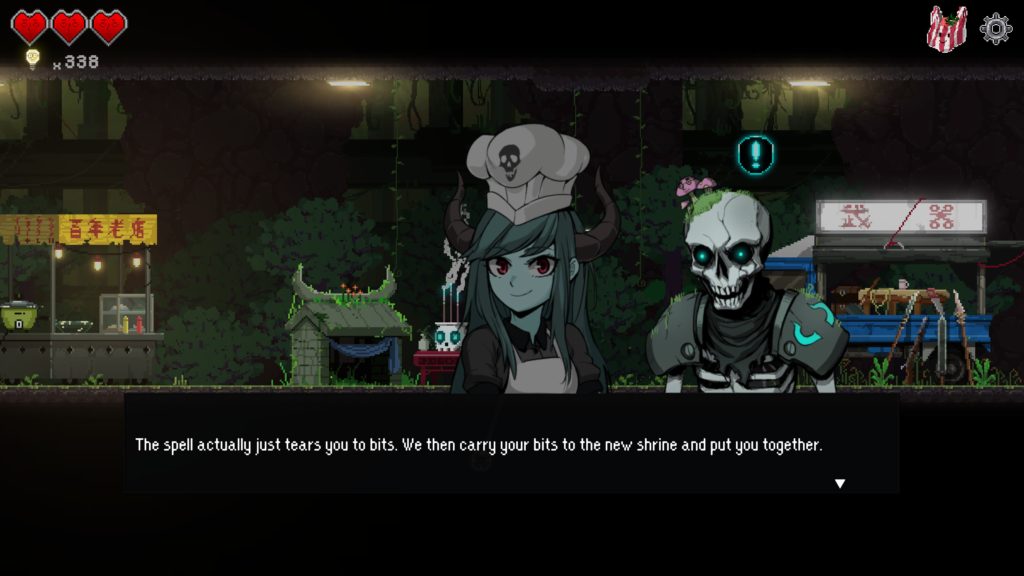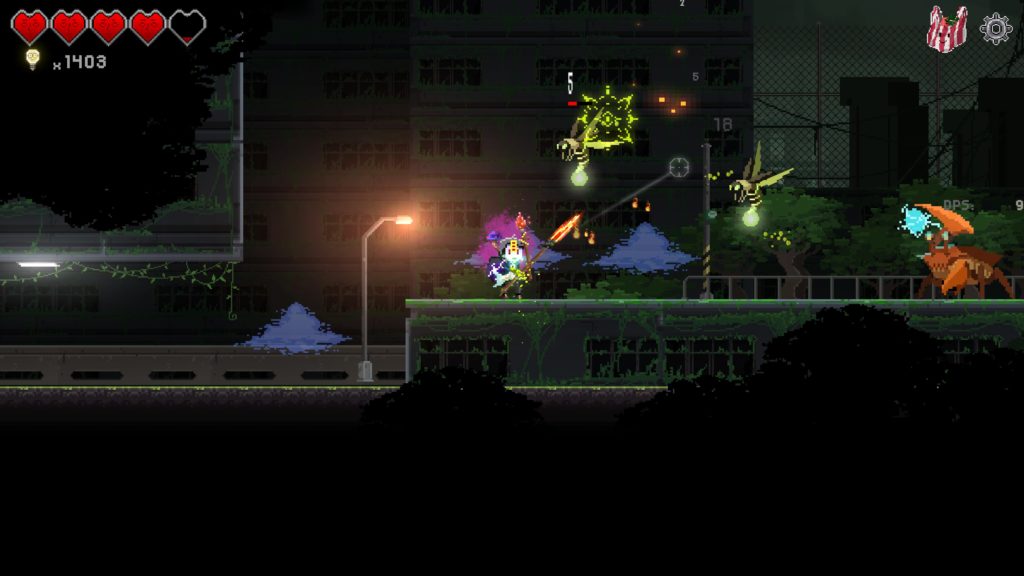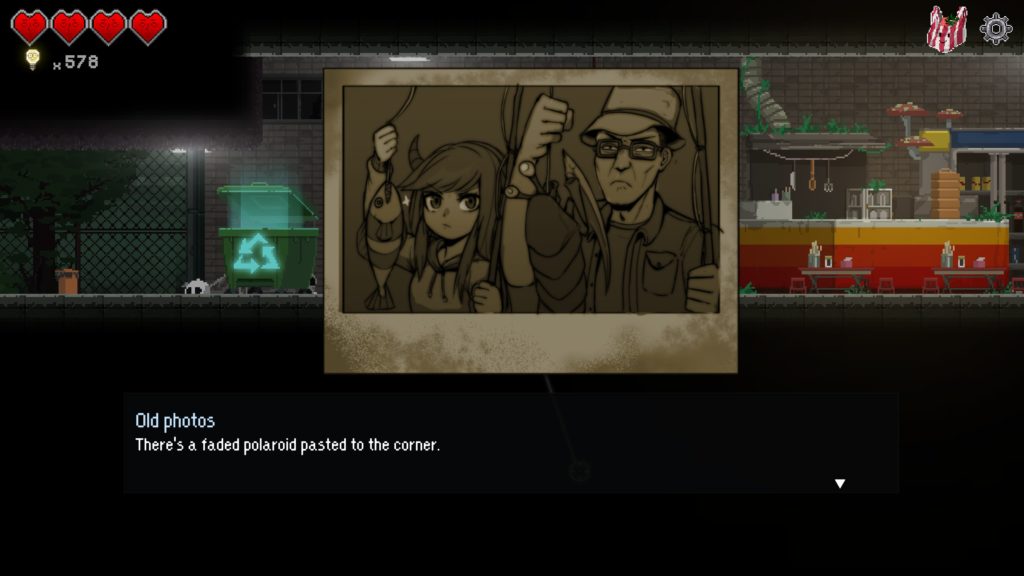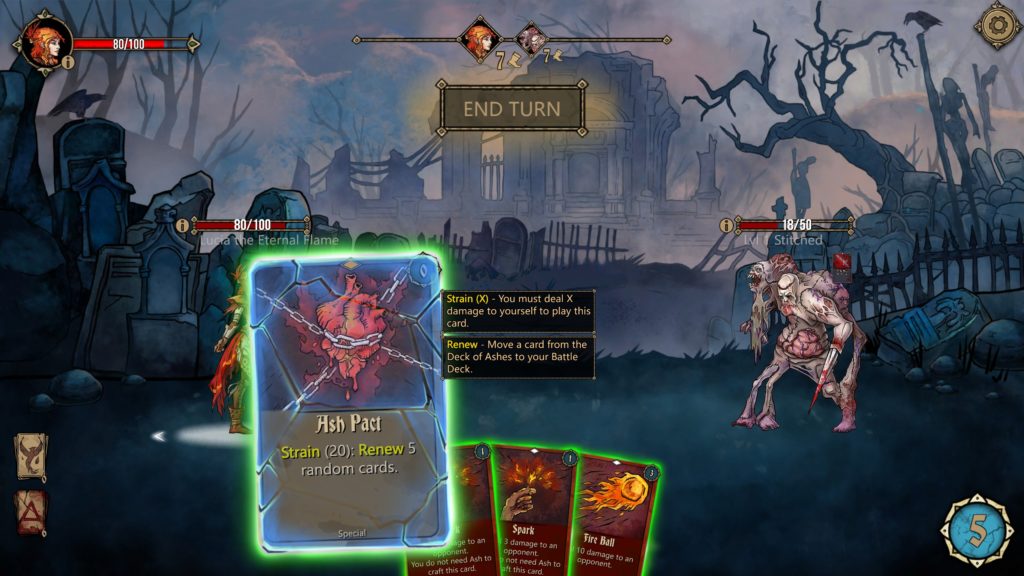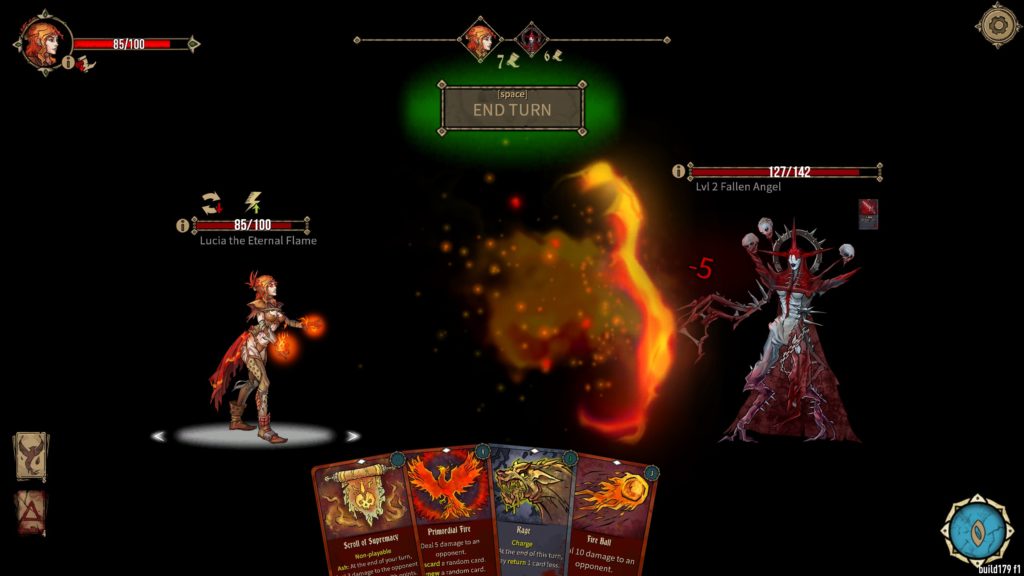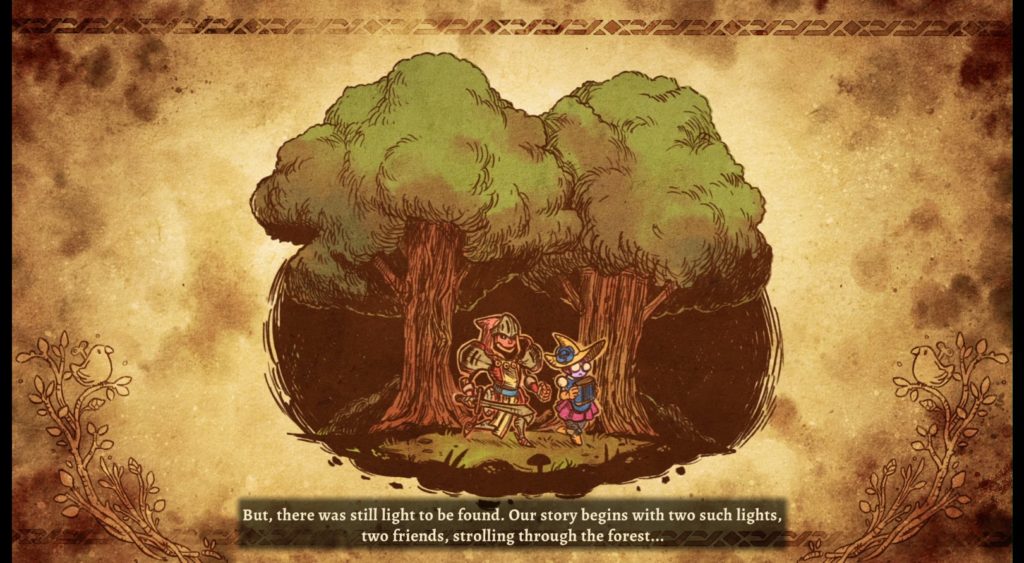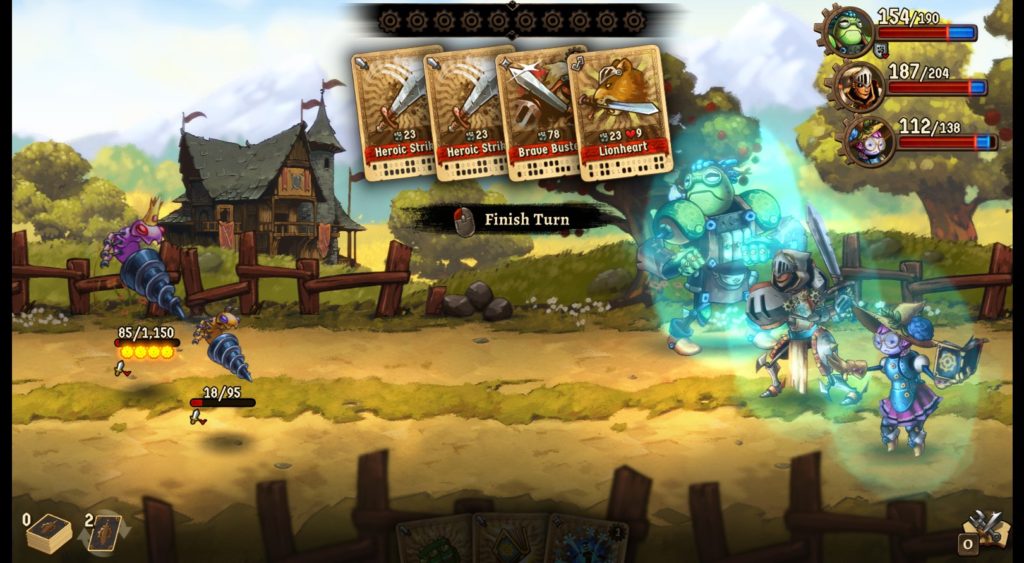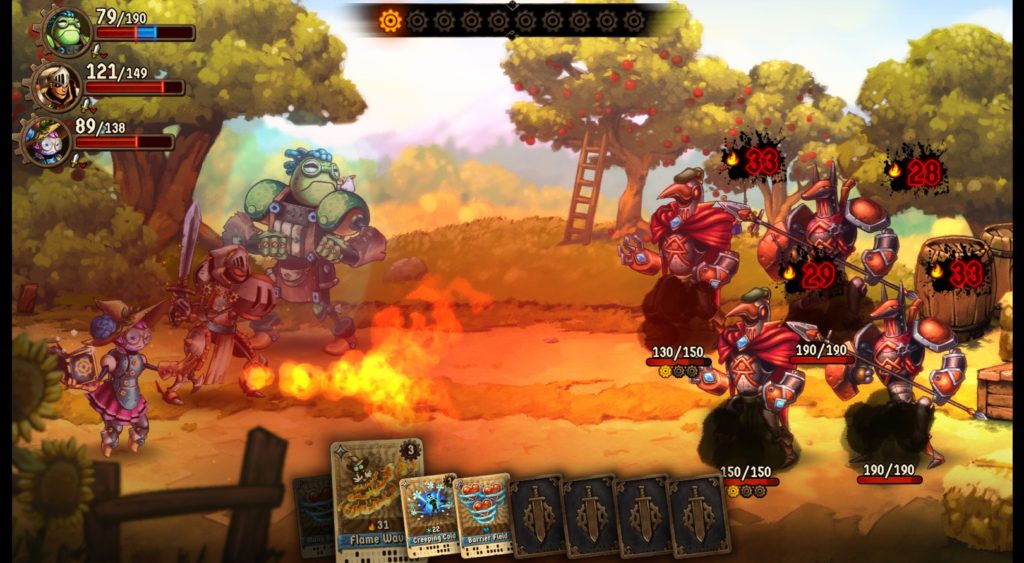Godhood (Early Access Review)
Source: Cashmoneys
Price: £22.39 (£9.29 for Supporter Edition upgrade)
Where To Get It: Steam
A nonbinary option for a deity is, honestly, just common sense. Sometimes, you want to manifest as a rock, and sometimes, you want to manifest as an enby. Sometimes, you want to be a wholesome deity, and… Well, it will come as precisely no surprise to anyone who keeps up with me that I have mainly been playing a Dark God of Endless Thirst. Chastity? PFAH. War or Peace? PSHAW. My deity advocates for shipping!
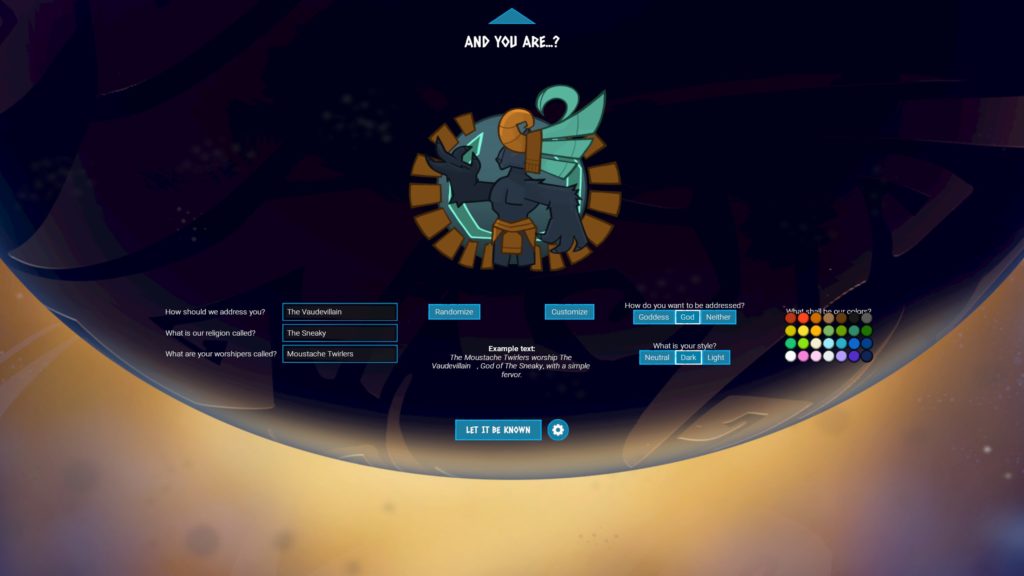
Getting back to talking a little more specifically about the game (ahem), Godhood is a turn-based strategy title by Abbey Games, where you, the newest religion in the mesoamerican world in which the game is set, are kicked out of your home village for your beliefs, and swear, as a result, to spread the name of your deity, by force, by cunning argument, or, as is the case with my head prophetess, by flirtings and smoochings. And it’s a good idea to mix it up a bit, as some enemies are immune to your core attacks when you go looking for believers.
There’s a fair bit going on in the back of this game (to the point where the “Stats” subtab is an intimidating list of numbers), but the main elements are actually pretty clear. You level up by converting folks, it’s a good idea to keep your prophets of various types as happy as possible, and, over time, you build up a village capable of proselytising to ever greater audiences, balancing the faith and levels of your prophets against improving the village through the fact you can only inspire three prophets a day.
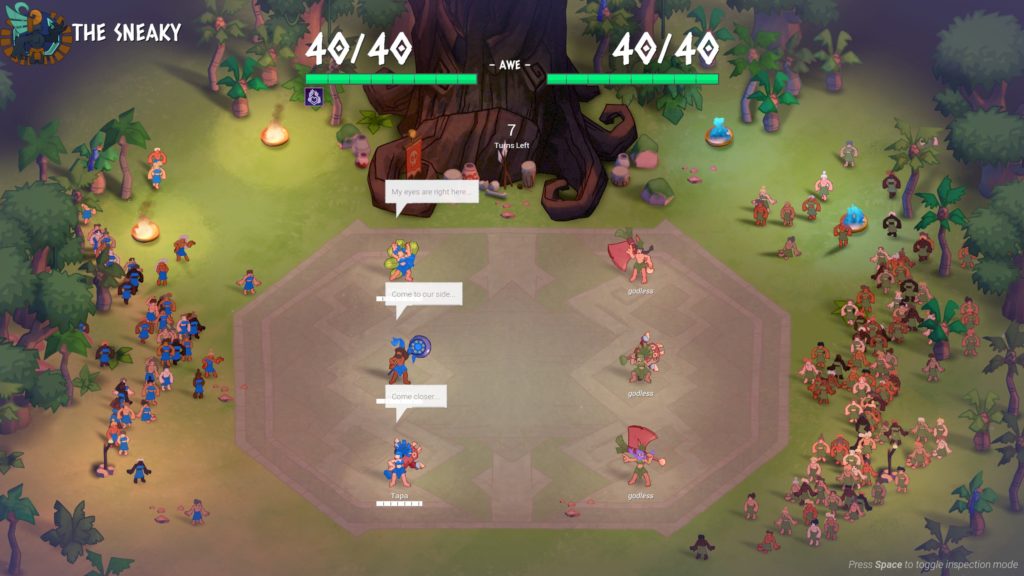
It’s good stuff, and I felt challenged so far without being overwhelmed, and, due to the ability to see what a village has by planning to convert it then painlessly backing out to the city (not wasting my turn, as normally a conversion uses a turn) allowed me to use my prophets efficiently (as, after all, the turn will go on, so anyone you don’t send can do prophet things at home)
Aesthetically, it works pretty well so far. Everything (except the stats tab) is clear, you know what resists what while you’re planning things, you get some idea of what keeps the faithful faithful, and what builds what, and the animations are alright.
So, while it’s obvious there’s more development, it’s got a pretty good start, and I’m quite enjoying my time as a thirsty deity.
The Mad Welshman would become a dark deity of Endless Thirst in reality, but alas, Vaudevillain Union rules dictate that I keep my quota of three failed grand schemes a year.

